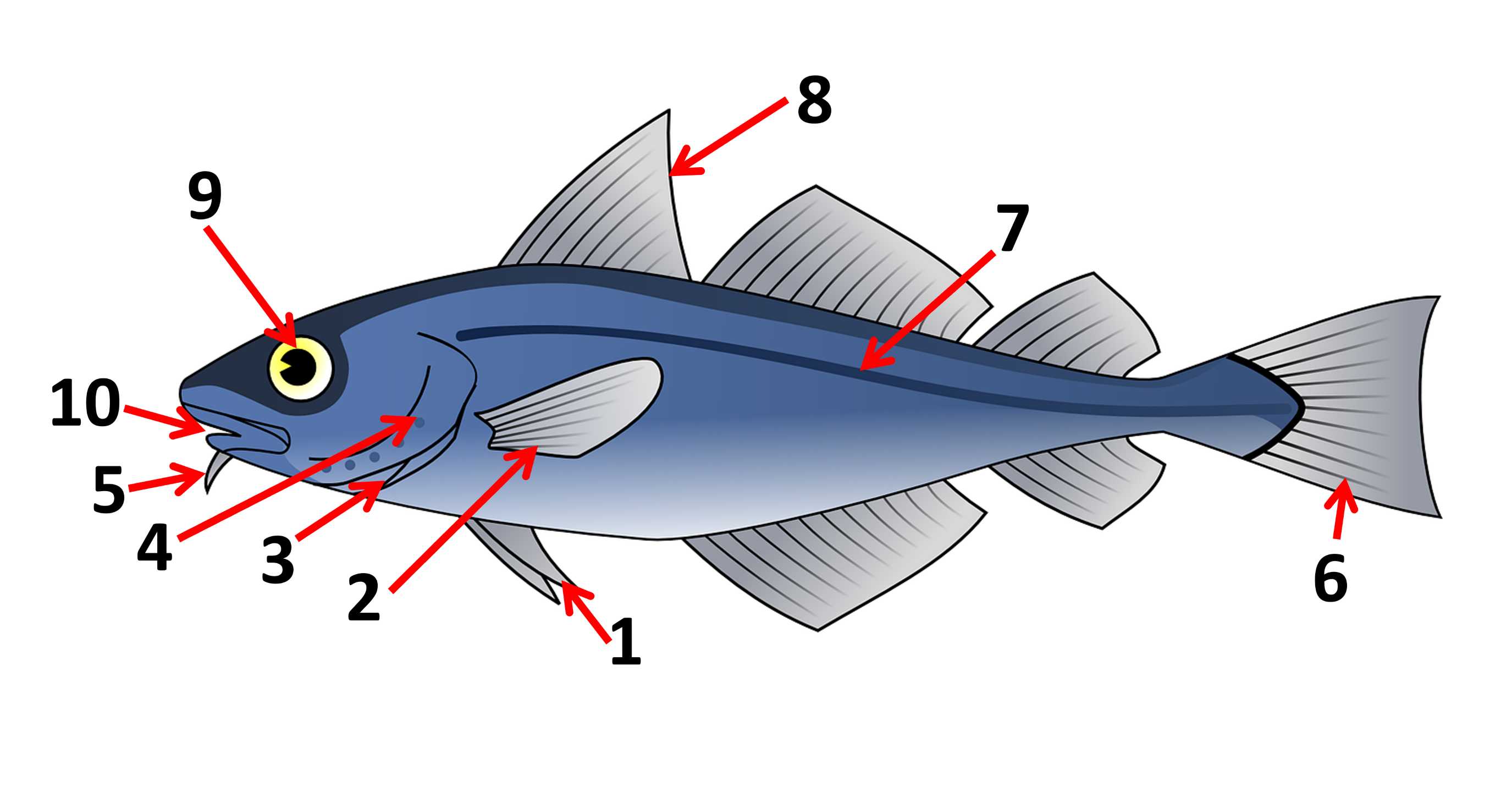
Do Fish Really Have Fingers? Trivia Quiz
Anatomy of a Fish
How much do you know about the parts of a fish? See if you can match the name to the correct part of the fish in this quiz.
A label quiz
by Stoaty.
Estimated time: 3 mins.
- Home
- »
- Quizzes
- »
- Animal Trivia
- »
- Fish
